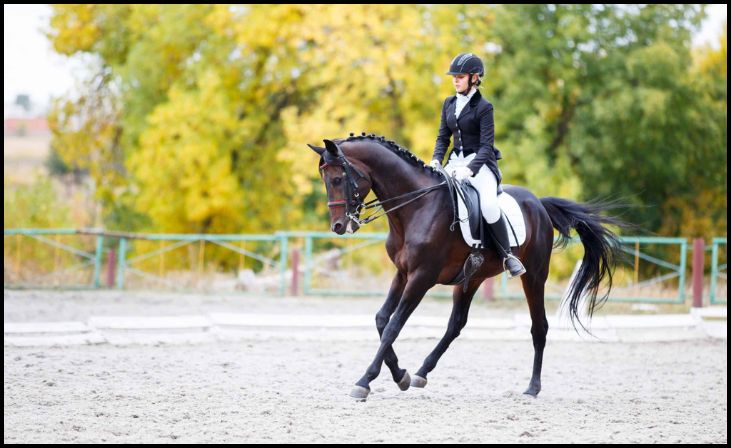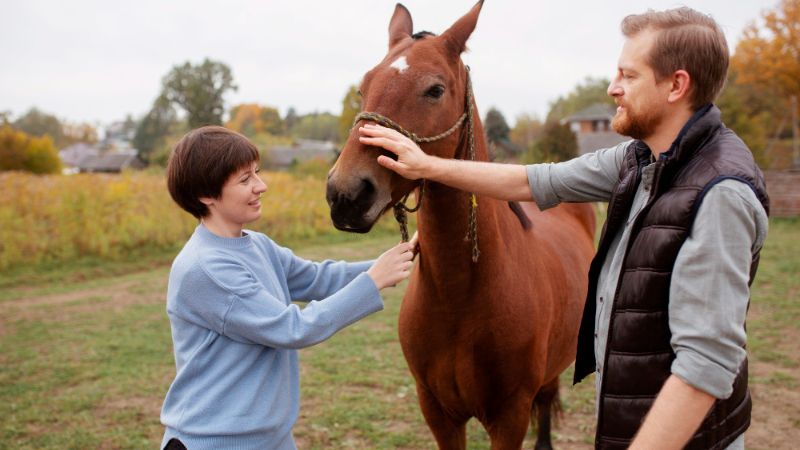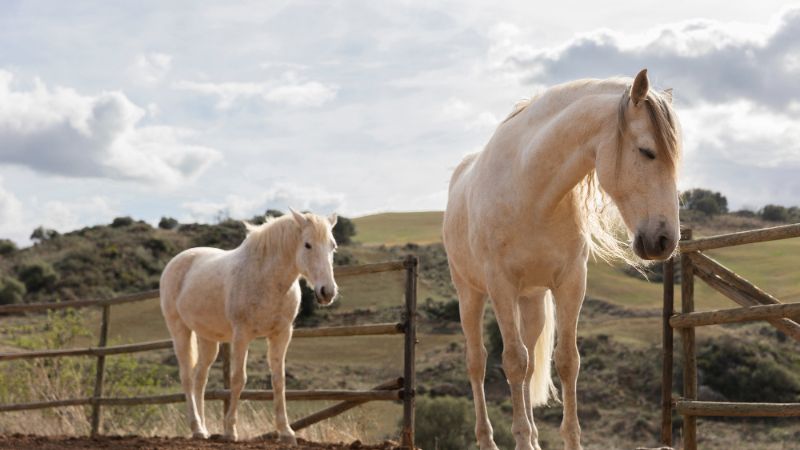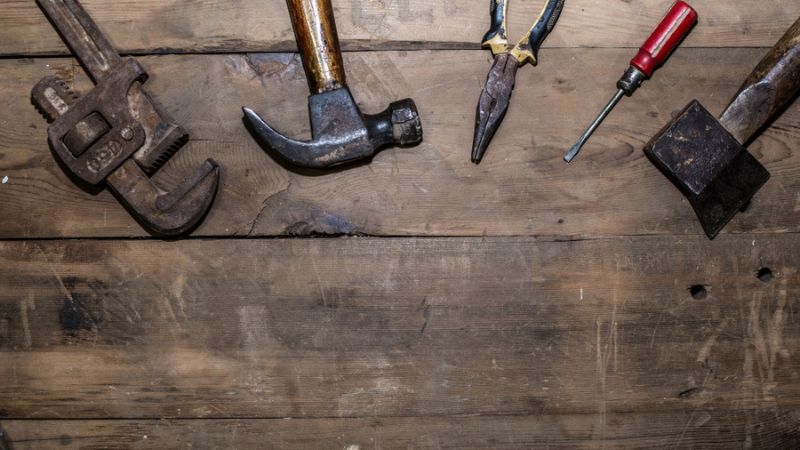Cutting Horse Techniques For Beginners – Cutting horse riding is a thrilling equestrian sport that showcases the partnership between horse and rider as they work together to separate a single cow from the herd. With roots deeply embedded in the working practices of cattle ranches, cutting has evolved into a highly competitive and exhilarating discipline enjoyed by riders of all skill levels.
For beginners, understanding the basics of cutting, from the natural instincts of the horse to the nuances of cattle behavior, lays the foundation for success in this sport. Through proper horse selection, training, and the development of essential riding skills, beginners can embark on a journey of learning and growth in the world of cutting.
This introductory guide will explore key techniques and exercises designed to help beginners build confidence, improve communication with their horses, and ultimately achieve success in the arena. Whether pursuing cutting for recreation or competition, the bond forged between horse and rider in this dynamic sport is sure to captivate enthusiasts and foster a lifelong passion for horsemanship.
Cutting Horse Techniques For Beginners
Balance and Positioning:
Achieving balance and correct positioning in the saddle is fundamental for cutting. This involves sitting deep in the saddle with your weight evenly distributed, maintaining a straight back, and keeping your legs relaxed and in contact with your horse’s sides. By staying centered and balanced, you’ll have better control over your horse’s movements and be prepared to react quickly during cutting maneuvers.
Leg Aids:

Understanding how to use your legs effectively is key to communicating with your horse during cutting. Light pressure with your legs can cue your horse to move laterally, guiding them to position themselves in relation to the cattle. Practice applying subtle leg aids to refine your horse’s responsiveness and precision in their movements.
Rein Aids:
The reins are your primary means of directing and controlling your horse during cutting runs. Learn to use gentle rein cues to communicate your intentions clearly to your horse. Use direct, indirect, and neck rein cues appropriately to guide your horse through maneuvers such as stops, turns, and changes of direction.
Body Cues:
Your body language plays a significant role in communicating with your horse during cutting. Your posture, balance, and subtle shifts in weight can convey cues to your horse about your intentions. For example, leaning slightly in the direction you want to go can help your horse anticipate your next move. Developing clear and consistent body cues will enhance your communication with your horse during cutting.
Reading Cattle:

Understanding cattle behavior is essential for successful cutting. Learn to anticipate how cattle will react to your horse’s movements and how to position yourself to influence their behavior. Recognize signs of agitation, submission, and readiness to make a cut, allowing you to make informed decisions during a cutting run.
Timing:
Timing is critical in cutting, both in terms of when to make a cut and when to allow your horse to read the cow independently. Anticipate the cow’s movements and react decisively at the right moment to make a successful cut. Develop a sense of timing through practice and experience, allowing you to make split-second decisions during cutting runs.
Read Also: 10 Benefits of Owning a Cutting Horse
Patience:
Patience is a virtue in cutting, as it takes time to develop the skills and partnership necessary for success. Stay calm and focused, even in high-pressure situations, and avoid rushing your horse or becoming frustrated. Building a strong foundation of trust and communication with your horse requires patience and dedication but is essential for long-term success in cutting.
Practice Herding:
Practice herding cattle in a controlled environment to develop your cutting skills. Set up simulated cutting scenarios with experienced trainers or in designated cutting arenas to refine your technique and build confidence. Regular practice allows you to fine-tune your skills and develop a deeper understanding of cattle behavior, preparing you for competition or ranch work.
Building Trust:
Building trust between you and your horse is crucial for effective communication and teamwork in cutting. Spend time bonding with your horse on the ground through grooming, groundwork exercises, and positive reinforcement training. Establishing trust and mutual respect forms the foundation of a successful partnership in cutting, allowing you to work together seamlessly as a team.
Consistency:

Consistency in your training and riding techniques is key to progress in cutting. Establish a regular practice routine and stick to it, focusing on developing your skills incrementally over time. Consistent reinforcement of desired behaviors and correction of mistakes helps your horse understand what is expected of them during cutting runs. Stay committed to your training regimen, and you’ll see steady improvement in both you and your horse’s performance.
Conclusion
Conclusion: In conclusion, cutting horse riding offers an exciting blend of horsemanship and cattle work, providing endless opportunities for growth and enjoyment. By mastering fundamental techniques and developing a strong partnership with their horses, beginners can confidently navigate the challenges of the cutting arena.
Remember, success in cutting requires dedication, patience, and a willingness to learn from both victories and setbacks. Whether riding for pleasure or pursuing competitive goals, the journey of improvement and connection with your horse is immensely rewarding. Embrace the spirit of the sport, continue honing your skills, and cherish the bond forged with your equine partner on this thrilling adventure in horsemanship.
FAQs
What is cutting horse riding?
Cutting horse riding is a competitive equestrian sport where horse and rider work together to separate a single cow from a herd within a designated time frame. It originated from the cattle ranching practices of the American West and requires precision, agility, and communication between the horse and rider.
Do I need a special type of horse for cutting?
While any horse can potentially learn cutting techniques, it’s beneficial to have a horse bred and trained specifically for cutting. These horses are often Quarter Horses or specialized cutting breeds with a natural aptitude for working cattle and quick, agile movements.




